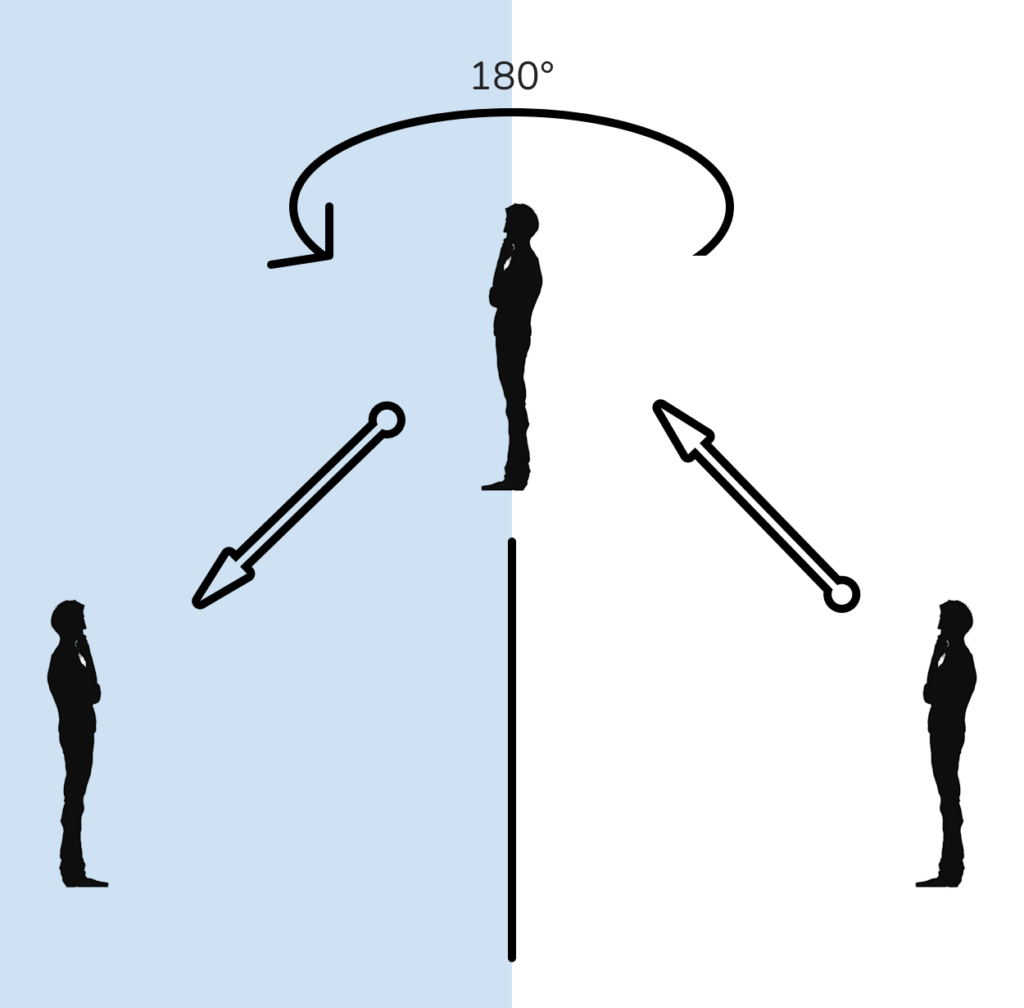Why does a mirror reverse left and right, but not up and down?
If someone were to dump this question on you at a party, you might very well struggle to answer it. This is one of those annoying puzzles that, at first glance, seems like it ought to have an obvious and simple answer. The good news is that it does, but explanations I’ve found on the Internet are somewhat lacking in their clarity and intuitiveness. And that means I occasionally forget the answer myself and have to figure it out from first principles again. So here it is, laid out for posterity.
Have you figured it out yet?
If you haven’t, then set aside your napkin drawings and ray diagrams, and observe first that “reversing” is always with respect to something. When you see your reflection in the mirror and see left and right reversed, what is it reversed with respect to? The answer, it turns out, is that the reversal is with respect to an imaginary ‘you’ that’s turned around and placed behind the mirror, facing yourself. Take a look at the figure shown below to see what I mean. Imagine picking yourself up physically, rotating yourself half a circle around a vertical axis, and placing yourself behind the mirror to face yourself. And now you can see that the mirror image reverses left and right with respect to this imaginary person.

Why did the mirror reverse left and right, and not up and down? It’s because in the operation above, you rotated yourself around a vertical axis.
That’s all for today, folks! 🖖
